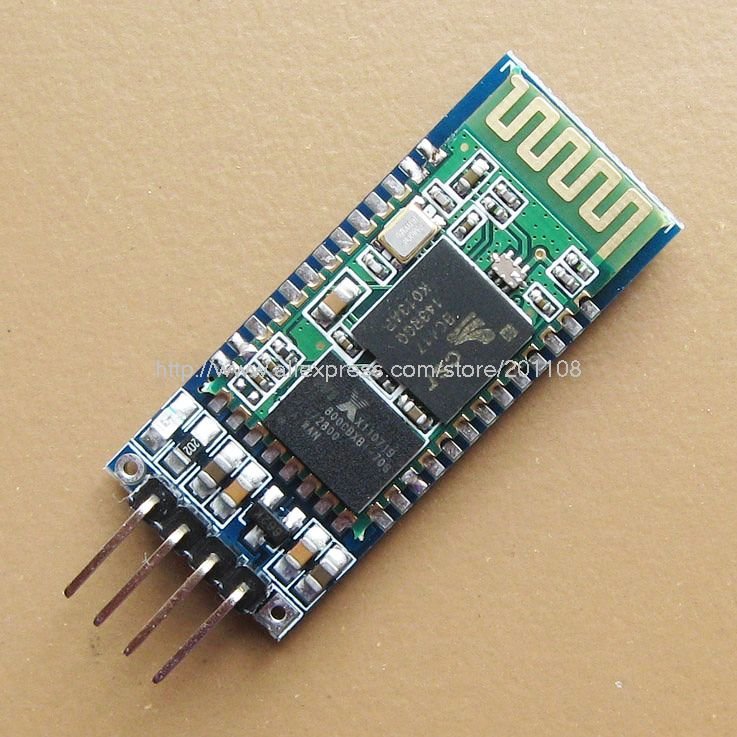Arduino Serial Event
Serial communication on pins TX/RX uses TTL logic levels (5V or 3.3V depending on the board). Don’t connect these pins directly to an RS232 serial port; they operate at +/- 12V and can damage your Arduino board. Nov 21, 2016 Serial Event example When new serial data arrives, this sketch adds it to a String. When a newline is received, the loop prints the string and clears it. A good test for this is to try it with a GPS receiver that sends out NMEA 0183 sentences. Created 9 May 2011 by Tom Igoe This example code is in the public domain. Serial Event example When new serial data arrives, this sketch adds it to a String. When a newline is received, the loop prints the string and clears it.

I would like to use multiple (three) serial ports on an Arduino Due. Instead of polling the ports continuously, I would like to use a Serial.Event function for each of the ports. These handler functions will read out the incoming string from the port and parse the string (i.e. check for a pre-defined command and call a corresponding sub-routine).
I was wondering what is going to happen when serial data arrives at the same time at two different ports? For example, if the program is in the process of handling/parsing the first serial message, will it interrupt/abandon this process as soon as another SerialEvent on another port is triggered? Or will it complete the first SerialEvent routine before going to the second one?
hobiehobie2 Answers
The built in serialEvent() function on arduino only responds to serial port 0, called just 'Serial' in the code. To respond to messages on 'Serial1', use serialEvent1() on the Arduino Due there also exists serialEvent2() and so on.
EDIT: the serialEvent() handlers are not on interrupts; they run sequentially in-between loops. If the loop is blocking they do not get run, and they do not interrupt eachother.
Canon picture style editor manual. This tutorial explains the details of the user interface in Canon's Picture Style Editor, and how to Picture Style Editor Tutorials: Understanding Hue, Saturation and Luminosity In order to adjust the color response of a Picture Style in Canon's Picture Style Editor, one must h.
BrettAMBrettAM
That should be fairly simple to implement.
Each serial port has TX and RX interrupts. You just need to tie into the various interrupts.
Here is an example for a mbed, but it should be similar (both use ARM NVIC interrupt controllers).
To be clear, this wouldn't involve touching the serialEvent() function stuff at all, but rather implementing what it does using your own code.
If you set up your own interrupt handlers, you also get the benefit of being able to control interrupt priority yourself. The ATSAM3X has 16 interrupt priority levels, and a interrupt of a higher priority can pre-empt a lower-level interrupt.
I Strongly suggest you read the ATSAM3X datasheet. It describes the interrupt controller, as well as the rest of the processor peripherals.
Not the answer you're looking for? Browse other questions tagged serialarduino-due or ask your own question.
I'm working on an Arduino project and would like to receive some commands from the Serial port with the arduino Serial event. However it always won't fulfill a condition, making the code not knowing the serial event has been finished. Here is my code.
I've tried passing the string `Hello from the serial monitor yet it won't respond. Additionally, I've tried the Line ending with No Line Ending and Newline yet it won't work, Can anyone please help? Thanks!
2 Answers
I have figured the problem, Serial.read() will only read a byte per time, for example, `Hello will be split into
So for the first time, the if (inChar '`') is true, therefore entering the actions inside, however from the second char, (H, e, l, l, o, ) are not the char '`', meaning if (inChar '`') is not true, not letting it to enter the condition after that.
Here should be the propoer way of doing it:
Is inputstring being defined in the sketch? Also, loop() and setup() have some tasks to complete. See: http://arduino.cc/en/Tutorial/SerialEvent this page has a good starting example, get it to work first and then modify it for your specific code.
When you type 'Hello ' and press enter, what is the ' ' for? Is there a reason why you are NOT testing for 'n' as the line termination character?
Also, you are testing for inChar '`' and then adding it to string, but you are typing in 'Hello'? Serial I/O passes one character at a time, so you need to allow the inChars that are typed in.
JackCColemanJackCColeman